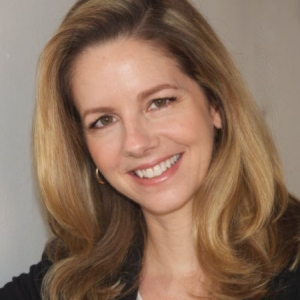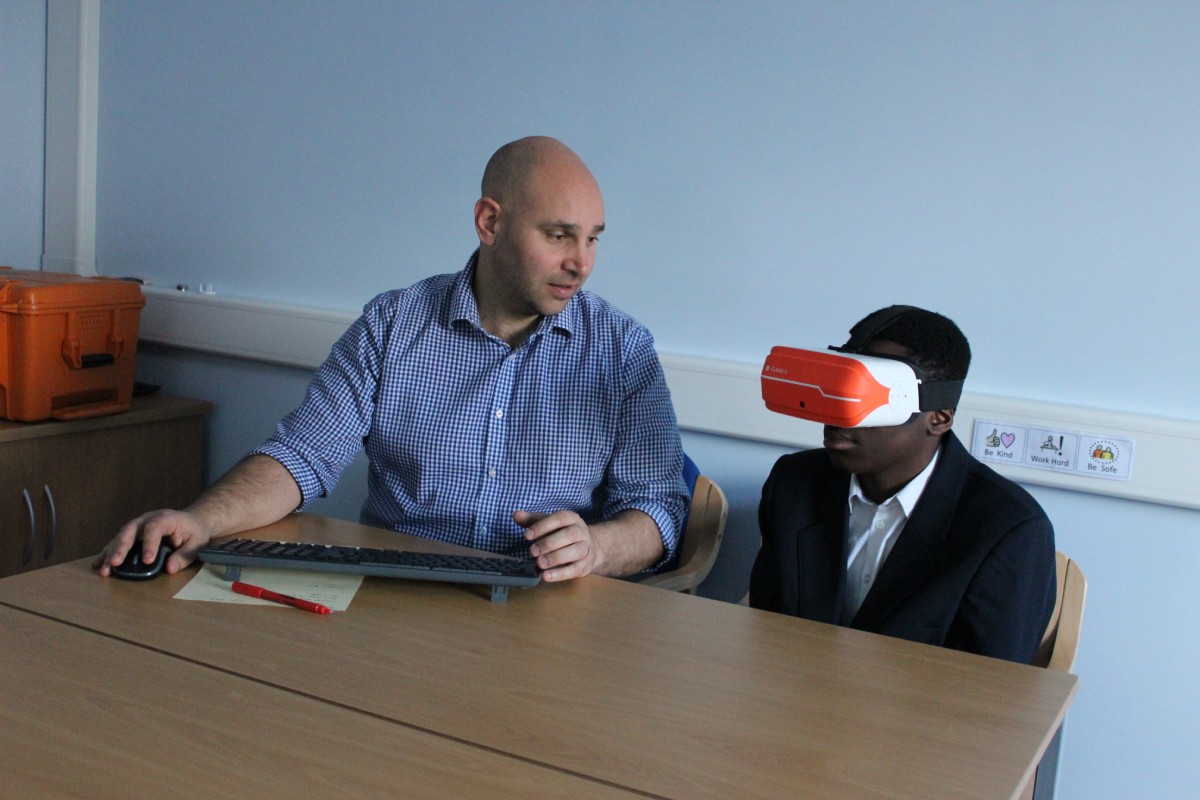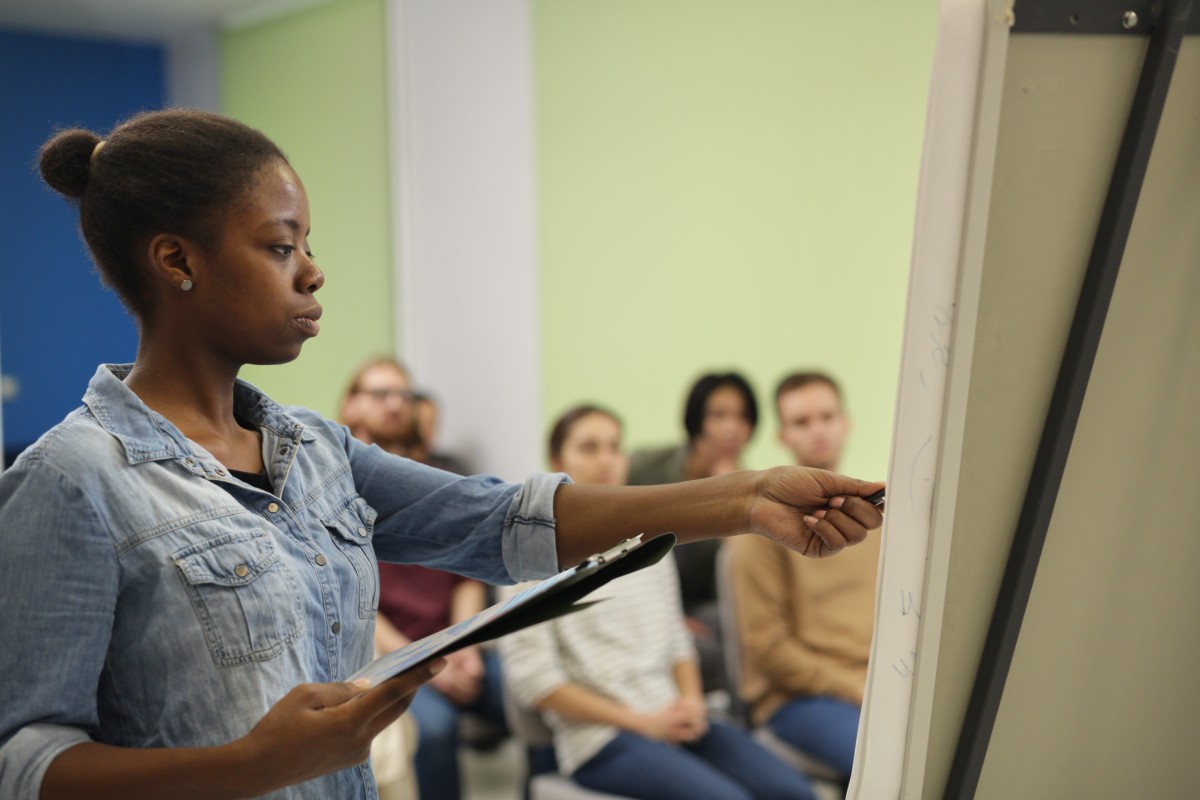Open Learning Architecture: Curricular Resilience for a VUCA World

First discussed by Warren Bennis and Burt Nanus (1985), VUCA describes a world that is volatile, uncertain, complex and ambiguous. If you haven’t heard the acronym before, you probably have felt your presence in a VUCA world over the past several months. For two decades I have led teams of master educators, researchers, STEM professionals and designers to develop a novel model of curricular design for a VUCA world. We call it Open Learning Architecture, where: open refers to a more fluid, dynamic expectation for all facets of curriculum; learning is centered as the ‘why’ of the classroom; and architecture provides the systems and structures that confer stability in a range of conditions. I’m happy to report that turning the acronym on its head—in the pursuit of vision, understanding, courage and adaptability (George, 2017)—has allowed us to achieve a high level of academic resilience.
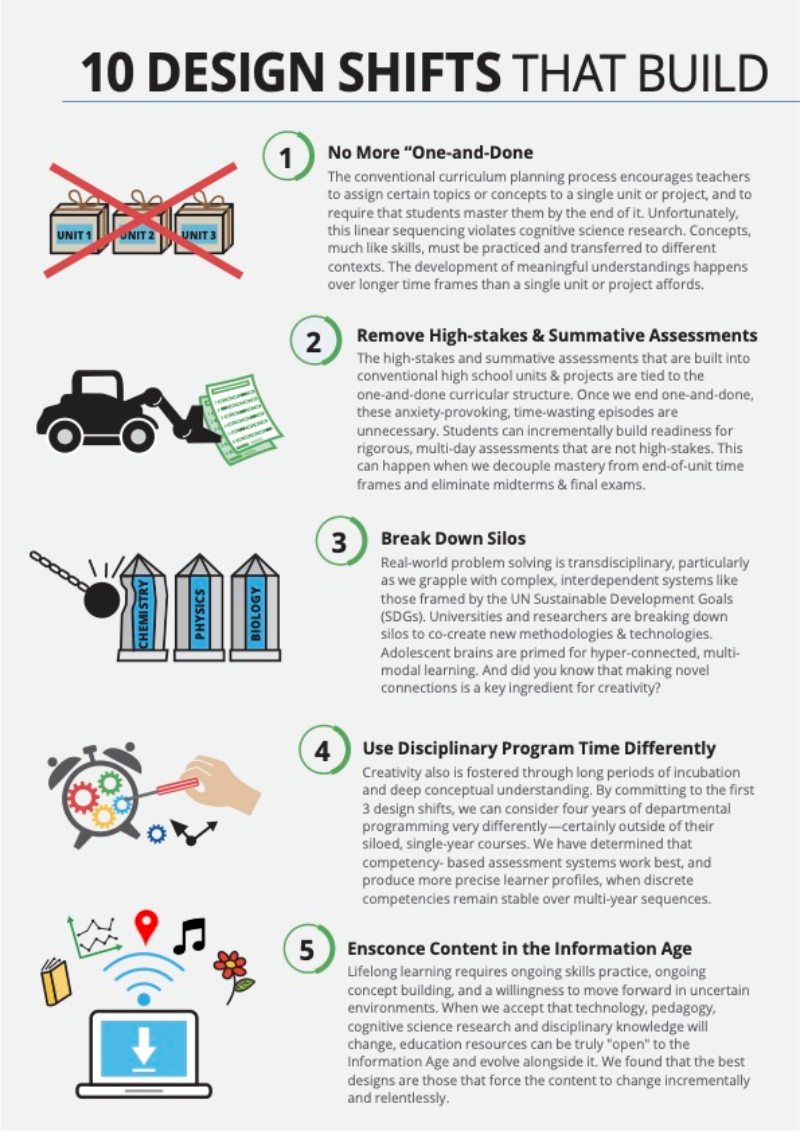
This effort began humbly, as most do, alongside science and special education teachers in ten New York public high schools. We had the great benefit of collaborating with world-class STEM researchers at The Rockefeller University in NYC, an institute devoid of disciplinary departments. We observed these researchers self-organize around questions, blur the lines between experimentation and engineering, and improve their own methods continuously. From 2002-2008 EduChange instructional coaches led a professional development effort based on this simple premise: “If we bring teachers electronic, modifiable curricular materials informed by educational research, would they have more time to focus on their students and their own practice?”
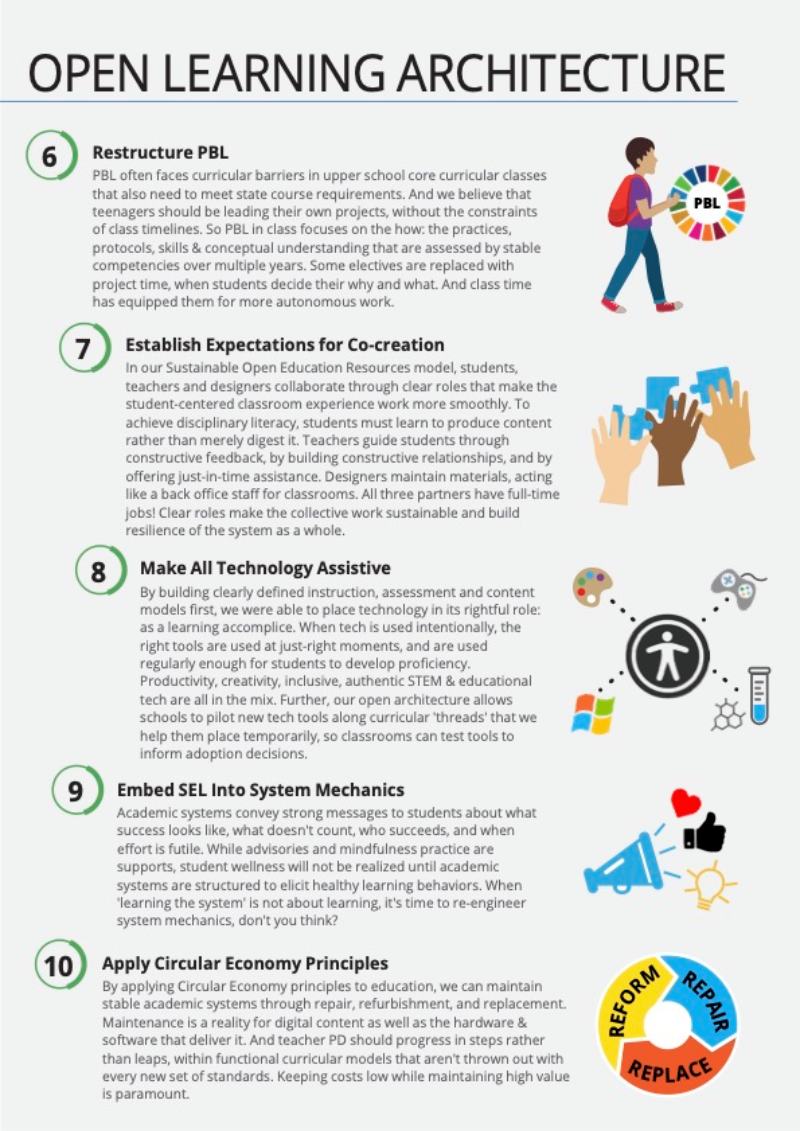
The practitioners’ perspectives shed light on critical realities regarding available instructional time, content coverage, test prep, English language learners, differentiation and personalized professional development. But by the end of 2008 it was clear that truly open resources needed to be digital, and most US schools were not ready for that transition. We pivoted from PD to digital program design and committed to negotiating the many new international and national curricular guidelines, as well as the emerging, interdisciplinary field of the sciences of learning and development (SoLD). Key research, authors and frameworks that continue to guide us are included as References, and I recommend them highly.

By 2012, independent schools in Brazil, Mexico, Japan and Malaysia were utilizing learning management systems and digital resources. They were ready to pioneer VUCA-ready academic models as well, so we embarked on another journey with teachers and students representing over 60 home countries. Based on more than 115 iterative design cycles with thousands of students and nearly 100 teachers, I share on the following pages ten major design shifts that transition schools from conventional academic structures to Open Learning Architecture. These shifts, along with many minor ones, work synergistically to build a whole that is greater than the sum of its parts. We were inspired by, and grateful for, the human learning we witnessed over two decades—one classroom and one research lab at a time. Learn more about the work at https://educhange.com

